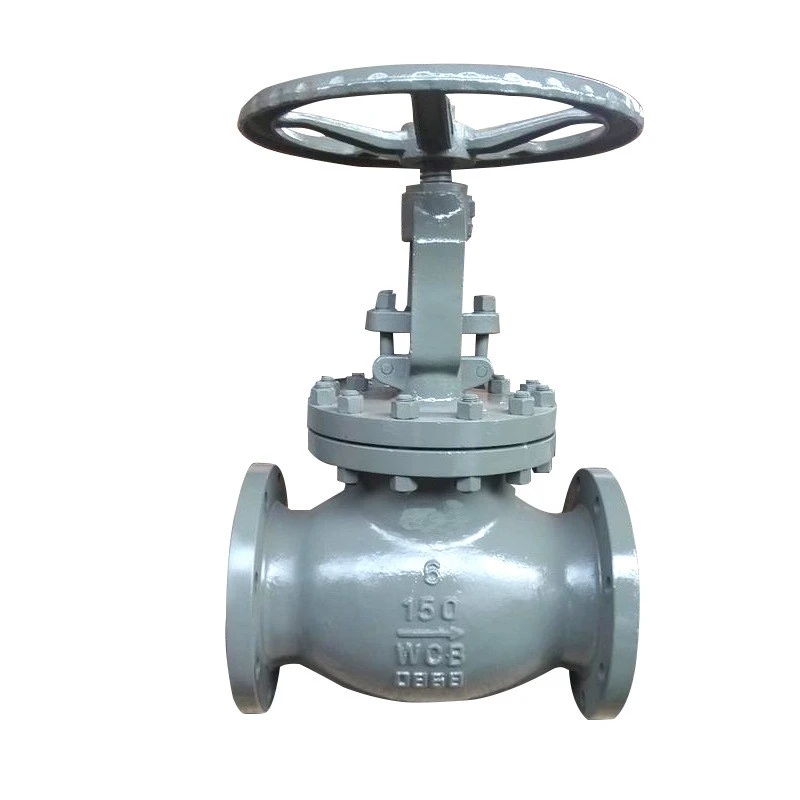electrical butterfly valve
Understanding Electrical Butterfly Valves A Comprehensive Overview
In the realm of industrial automation and control systems, the importance of accurate and efficient fluid regulation cannot be overstated. One of the pivotal components that facilitate this regulation is the butterfly valve, and its electrical variant adds a layer of precision and control that is essential for modern applications. In this article, we will delve into the functionalities, advantages, applications, and maintenance of electrical butterfly valves.
What is an Electrical Butterfly Valve?
An electrical butterfly valve is a type of valve that uses a rotating disk to control the flow of fluids through a pipe. Unlike traditional butterfly valves that may be manually operated, electrical butterfly valves are equipped with an electric actuator that enables precise control over the valve's position. This is particularly beneficial in applications requiring automated processes or remote operation.
The basic structure of an electrical butterfly valve comprises a circular disk (the butterfly) mounted on a shaft. When the valve is closed, the disk is perpendicular to the flow direction, blocking fluid passage. Conversely, when the valve is open, the disk aligns parallel to the flow, allowing maximum fluid flow. The electric actuator is responsible for rotating the disk to the desired position, whether fully open, partially open, or fully closed.
Advantages of Electrical Butterfly Valves
1. Precision Control The electric actuator provides precise control over the valve position, allowing for accurate adjustments in flow rates. This precision is essential in applications where specific flow conditions must be maintained.
2. Remote Operation Electrical butterfly valves can be operated remotely, simplifying control in hard-to-reach locations or hazardous environments. This capability enhances safety and efficiency in operations.
3. Rapid Response The electric actuator enables quick opening and closing of the valve. This rapid response is crucial in applications that require quick adjustments to flow conditions, such as chemical processing or water treatment.
4. Integration with Automation Systems Electrical butterfly valves can easily be integrated into automated control systems. This integration enhances process efficiency and allows for real-time monitoring and adjustments.
electrical butterfly valve

5. Lower Operational Costs By reducing the need for manual operation and enabling precise control, electrical butterfly valves can lead to lower operational costs and improved energy efficiency.
Applications of Electrical Butterfly Valves
Electrical butterfly valves are versatile and find applications across various industries, including
- Water Treatment Used for regulating water flow in treatment plants, ensuring proper processing and distribution. - Chemical Processing Essential for controlling the flow of different chemicals in manufacturing processes. - HVAC Systems Utilized for regulating airflow and maintaining desired temperatures in heating and cooling systems. - Food and Beverage Industry Frequently employed to control the flow of liquids in processing applications, ensuring both efficiency and hygiene. - Power Generation Used in power plants for managing the flow of steam and cooling water.
Maintenance Considerations
Although electrical butterfly valves are generally low in maintenance requirements, regular inspections and servicing are essential to ensure their longevity and optimal performance. Here are some maintenance tips
- Regular Inspections Check the valve and actuator regularly for signs of wear or damage. - Lubrication Ensure that moving parts are properly lubricated to reduce friction and wear. - Electrical Components Inspect electrical connections for corrosion or damage, which could lead to malfunction. - Testing Periodically test the valve’s operational functionality to identify any issues before they escalate.
Conclusion
Electrical butterfly valves play a crucial role in enhancing the efficiency and safety of various industrial processes. By combining the fundamental benefits of butterfly valves with the precision of electric actuators, these valves offer unparalleled control over fluid flow. As industries continue to advance towards automation, the relevance of electrical butterfly valves will only increase, solidifying their place as vital components in modern fluid control systems. Understanding their functionalities, advantages, applications, and maintenance is crucial for anyone involved in the design or operation of automated systems.
-
Breakthrough in Domestic Low Temperature Valve Technology in ChinaNewsAug.18,2025
-
From Machinery to Intelligent Brain: The Digital Transformation Wave of the Valve IndustryNewsAug.18,2025
-
PCVEXPO 2025NewsAug.18,2025
-
The Key to Fluid Control: Exploring the Advantages of Ball Valves in Industrial SystemsNewsJul.09,2025
-
The Versatile World of 1, 2, and 3 Piece Ball ValvesNewsJul.09,2025
-
Stainless Steel Ball Valves: The Ideal Choice for Efficient Flow ControlNewsJul.09,2025
-
Optimizing Fluid Control with Ball Float ValvesNewsJul.09,2025




